Muscle tone is the indicator of effective development in our children.
Muscle tone helps with confidence and ability with skills that require balance, coordination and proprioception.
Muscle tone supports posture/alignment, which helps with proper biomechanics of the body/joints.
Good muscle tone in early months and years of life is crucial in the development of the lower limbs
Join Mosman Chiropractors for the full discussion…
A deeper dive into Plagiocephaly / Flat head syndrome
A deeper dive into Plagiocephaly with Olly Kerr- looking at the research:
- What is plagiocephaly, brachycephaly, dolicocephaly?
- What’s the prevalence of plagiocephaly?
- What are the risks associated with plagiocephaly?
- How is plagiocephaly diagnosed and classified?
- Why does plagiocephaly cause neurodevelopmental delays?
-What’s the chiropractors role in plagiocephaly management?
Plagiocephaly - Flat Head Syndrome
Tongue Tie (Ankyloglossia): Diagnosis, Symptoms, Surgery, and More
By Guest Author: Sarah Hornsby, RDH - is a myofunctional therapist based in Seattle.
What is a tongue tie?
- How to diagnose a tongue tie in Abbies, children or adults
- 8 Symptoms of tongue tie
- Tongue tie causes and risk factors
- Treatment for tongue tie: surgery & myofunctional therapy
- Consequences of untreated tongue ties
- Lip ties
- Tongue tie in adults: should adults have theirs released?
Babies and Torticollis "wry neck"
What is torticollis?
What causes torticollis in babies?
How would I know if my baby has a torticollis?
What happens if I don’t correct my baby’s torticollis?
How can I help my baby’s torticollis?
What home-care exercises can I do for my baby’s torticollis?
Join chiropractor Karli Plowright as she answers some of your common questions on baby torticollis…
Developmental Dysplasia of the Hip (DDH)
Why is tummy time important?
Retained Primitive Reflexes
Why do we Swaddle our babies?
Infant Shoulder Dysfunction
“The presence of glenohumeral joint (shoulder) dysfunction in infants has been found to be associated with increased irritable behaviour.
Irritable behaviour in infants is important, as it has been found to be associated with decreased infant sleeping as well as a number of co-morbidities, such as lower IQ scores, poorer fine motor abilities, increased cognitive problems at 5 years of age, and hyperactivity.” (Dr’s Keil and Fludder). Click to read the full article.
Your Baby + Sleep Difficulty
Plagiocephaly - headshape asymmetry
Author: Chiropractic Children’s Healthcare….”Head asymmetry can be evident from birth in about 13% of babies due to in utero moulding of the shape of the baby’s head; in most cases rapid correction of the baby’s head shape occurs soon after birth. Most cases of head asymmetry develop after birth becoming apparent to the parents or to a health care professional between four to eight weeks of age.” Click to read on
Chiropractic and the Breastfeeding Baby: New case report explores cranial dysfunction link (ASRF)
Breastfeeding is no small task. It is baby’s first act of multitasking – sucking, swallowing and breathing. We know that it provides advantages in terms of attachment and immunity among other things. We also know that for some, it just doesn’t work out. But what can a chiropractor do to support a mother who is facing difficulties but wants to persevere? That’s where a new case report proves interesting.
Favourable indicators for manual therapy and colic – new study (ASRF)
Colic: Probiotics and Manual Therapy recommended:
A new study has been released by the British Medical Journal, feeding into the seemingly endless quest for an answer on effective treatments for colic. In what is perhaps a telling move, the study was a systematic review of systematic reviews and national guidelines to “assess the effectiveness of four common treatment approaches.” Yes, you read that right, a review of the reviews – and still the news is this: manual therapies come out quite favorably in terms of effectiveness














